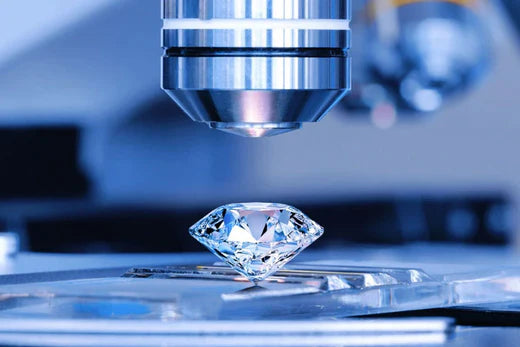The Environmental Impact of Lab-Grown Diamonds: The Tree Metric
When considering the production of a one-carat lab-grown diamond, it’s essential to understand the energy requirements and their environmental consequences. Producing a single carat of lab-grown diamond typically requires 250 million BTUs of energy. To put that into perspective:
What Does 250 Million BTUs Mean?
- CO₂ Emissions: Generating 250 million BTUs of energy produces approximately 28,250 pounds of CO₂ when derived from fossil fuels.
- Offsetting This Impact: It would take 609 mature trees absorbing CO₂ over an entire year to offset the carbon emissions produced by the energy required to create just one lab-grown diamond.
How This Compares: The Tree Metric
- 609 Trees per Carat: Every lab-grown diamond you purchase effectively represents the environmental cost equivalent to what 609 trees would need to absorb in carbon dioxide emissions annually.
- A Sustainable Perspective: While lab-grown diamonds are more ethical and sustainable than mined diamonds, this energy-intensive process shows they still have a significant carbon footprint.
Why Moissanite is a Better Choice
Moissanite, while visually similar to diamonds, requires a far lower energy input during production, leading to significantly smaller carbon emissions. With reduced energy demands:
- Moissanite production saves energy, minimizes CO₂ emissions, and reduces water usage.
- Choosing moissanite over a lab-grown diamond could help preserve hundreds of trees’ worth of carbon absorption potential per carat.
When you choose moissanite, you’re not just making a stylish and beautiful choice—you’re also making a planet-friendly decision that conserves energy, reduces emissions, and protects the environment.



Leave a comment
This site is protected by hCaptcha and the hCaptcha Privacy Policy and Terms of Service apply.